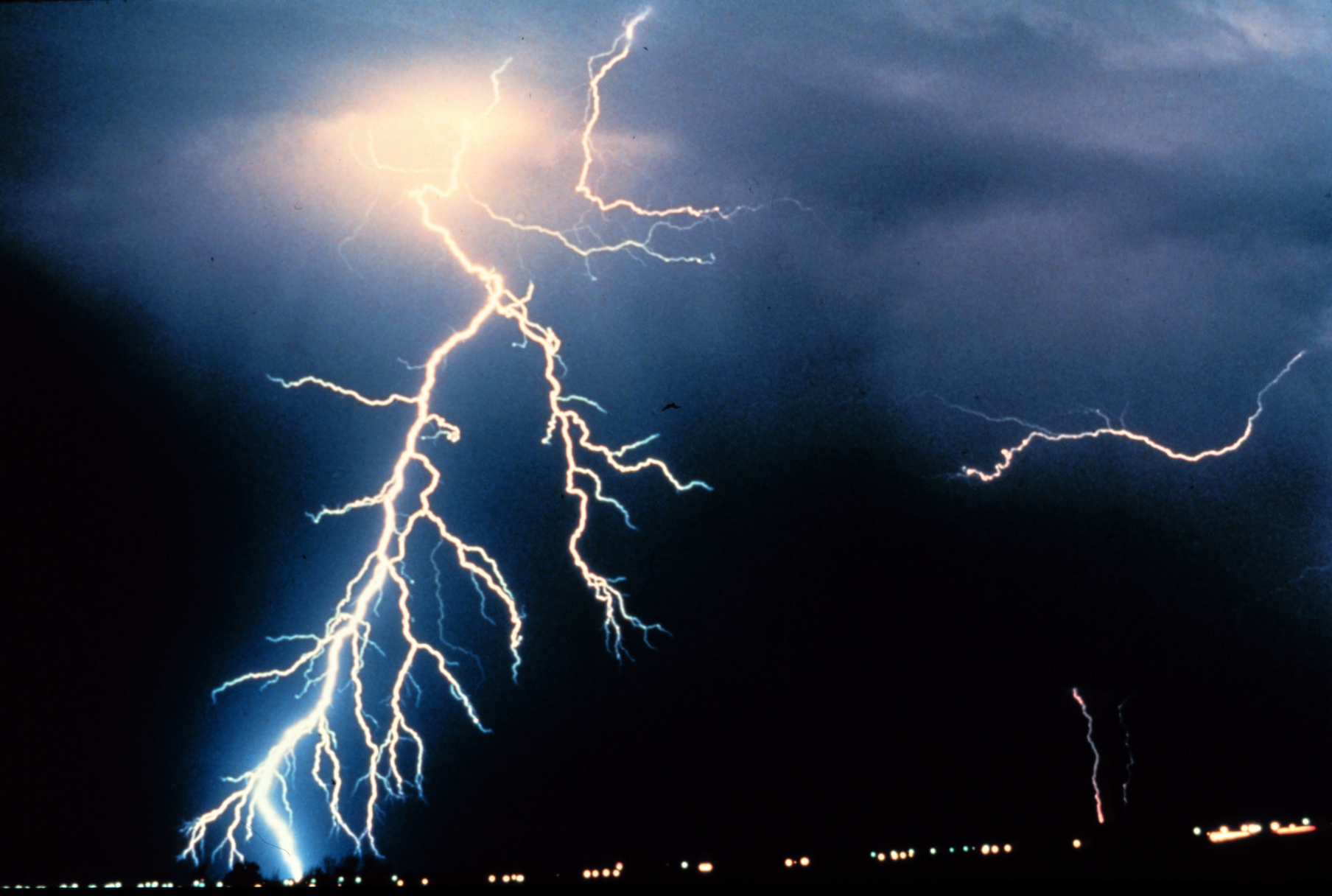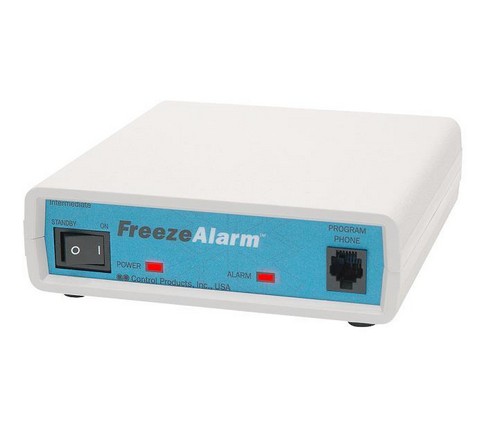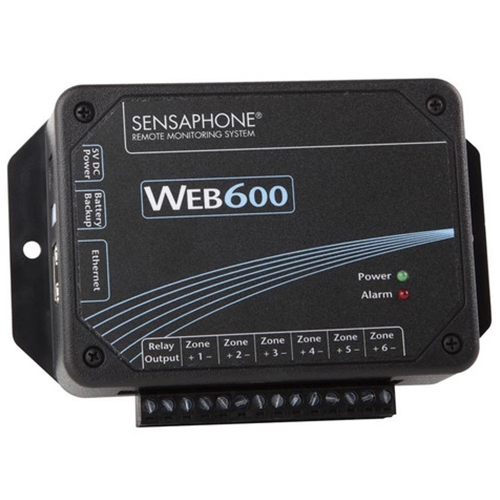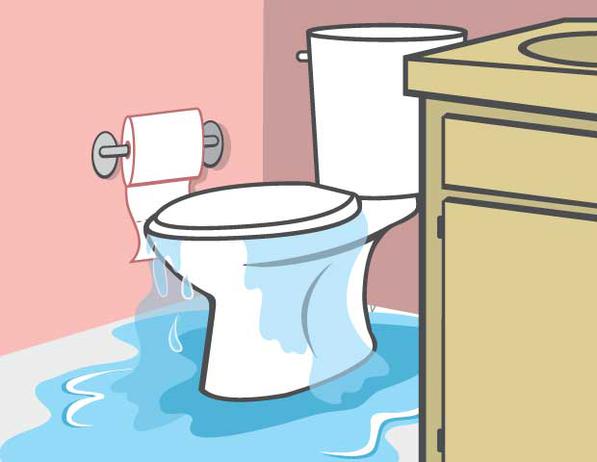Why Do You Need a Power Failure Alarm?
Why would someone need a power failure alarm to notify them that the electricity is out, you may wonder. After all, isn’t it pretty obvious when there is a power outage — the lights go out, the TV doesn’t work, and the kids can’t play their video games – right? In most instances, it is pretty obvious when there’s a power outage, unless (a) you aren’t home when it occurs, or (b) you are asleep, or (c) only one circuit is affected (and inevitably it’s the refrigerator!).
For those kinds of power outages, or for blackouts that happen at your vacant vacation house, a power failure alarm is a sure-fire device to receive immediate notifications. And in the summer when there’s an increase in power outages caused by severe weather, a power failure alarm is a good investment to protect your home and family.
Types of Power Failure Alarms: Local and Call-Out
Local Alert Alarms
Local alert power failure alarms siren, buzz and/or flash a light in the event of a power failure. The noise is loud and designed to alert anyone inside the house. Here are two popular types of local alert power failure alarms. Each serves a different purpose and both are relatively inexpensive.
 Home Safety Lighting – This type of power failure alarm plugs into an electrical outlet and lights up when the power goes out, illuminating hallways or rooms and making it safer for family to navigate the dark house. Some models, like the PowerOUT! Power failure alarm, also sound an optional audible alarm.
Home Safety Lighting – This type of power failure alarm plugs into an electrical outlet and lights up when the power goes out, illuminating hallways or rooms and making it safer for family to navigate the dark house. Some models, like the PowerOUT! Power failure alarm, also sound an optional audible alarm.- Failed Circuit Alarm — This type of local alert alarm notifies you when a circuit has tripped out on a particular appliance, like a refrigerator, freezer, heater or water pump. One model emits a loud 85 to 90 dB buzzer and works well for midnight power outage alerts.
Call-out Alarms
A call-out power failure alarm contacts you by phone when the power goes out. You program the phone numbers it dials. The major advantage of a call-out alarm is that you’ll be notified of power outages when you are away from the house, making it an especially handy device for vacation homeowners and frequent travelers.
Call-out alarms are typically multi-functional and will alert for other conditions (in addition to power failures) such as temperature extremes. Prices vary based on functionality.
 Basic — For less than $120, you can get a basic call-out alarm that dials up to three phone numbers. One reliable model — sold under the name Intermediate FreezeAlarm — monitors for three emergency conditions: power failure, freezing temperatures and excessively hot temperatures. It also has a feature that allows you to call up for real-time updates on temperature, power and battery status.
Basic — For less than $120, you can get a basic call-out alarm that dials up to three phone numbers. One reliable model — sold under the name Intermediate FreezeAlarm — monitors for three emergency conditions: power failure, freezing temperatures and excessively hot temperatures. It also has a feature that allows you to call up for real-time updates on temperature, power and battery status.
- Advanced – For a truly multi-functional call-out alarm, choose an advanced model with built-in capabilities (including power failure alarming) plus inputs for optional sensors to monitor for break-ins, humidity, fires, smoke and flooding. Best sellers in this category include the Sensaphone CottageSitter 400, which sells for about $350 and has inputs for four sensors, and the BAYweb series, which range in price from around $200 to $300.
 Cellular and Internet – If you don’t have a landline phone connection to hookup your power failure alarm, there are alternatives. You can get a device called a cellular terminal that provides instant cellular connectivity at your location, or you can get a web-enabled alarm like the Sensaphone Web 600 that communicates via the Internet and sends out email and text message alarm notifications instead of phone calls. (Note that both options require battery backup for continued operation during power outages.)
Cellular and Internet – If you don’t have a landline phone connection to hookup your power failure alarm, there are alternatives. You can get a device called a cellular terminal that provides instant cellular connectivity at your location, or you can get a web-enabled alarm like the Sensaphone Web 600 that communicates via the Internet and sends out email and text message alarm notifications instead of phone calls. (Note that both options require battery backup for continued operation during power outages.)
Power Failure Alarms Make Great Gifts
Power failure alarms make great gifts for anyone but especially vacation homeowners with homes that are left unoccupied for periods of time. For seniors, a local alert power failure alarm that lights up the hallway or bedroom during a power outage is a must-have safety item.
Consequences of a Power Failure :–(
- No lights in the house
- Loss of refrigeration – food spoils in 4 hours per the USDA
- No heat or air conditioning
- No flushing toilets or running water
- Can’t cook on electric range or in microwave oven
- Medical appliances* don’t work
- Electric garage door openers don’t work
- Computers can suffer from data loss of data or hardware damage
- Burglar alarms* don’t work
- Electric doorbells don’t work
- No cordless phones, VoIP, DSL, or cell phones that need charging
- Traffic lights* don’t work
*Unless equipped with battery backup




Pingback: Stop Cooling an Empty House – Get a Remote Thermostat